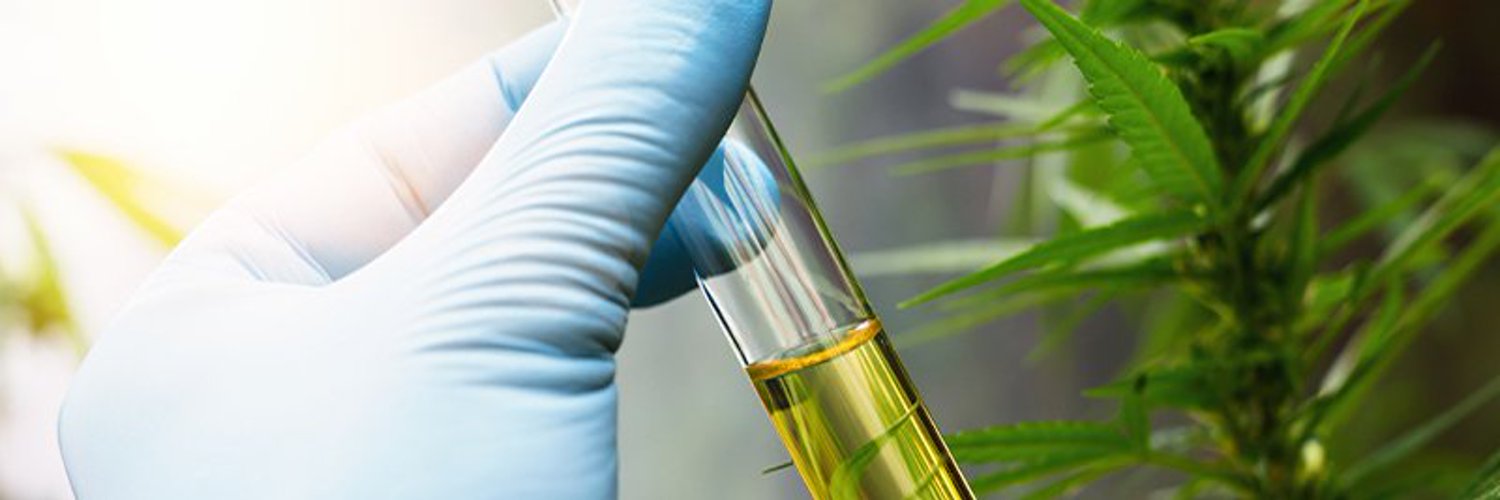The Basics of Extraction
The primary goal of cannabis extraction is to separate specific compounds, like tetrahydrocannabinol (THC) and cannabidiol (CBD), from plant material. These compounds are concentrated and then used in various products, including oils, tinctures, and edibles. Achieving a pure and potent product requires careful selection of both raw plant material and the extraction technique, as the chosen method impacts the quality, safety, and flavor of the final product.
Key Extraction Methods
There are several common methods for extracting compounds from cannabis, each with distinct characteristics and benefits. The choice of method depends on factors like desired purity, end-use, safety considerations, and scalability.
1. Solvent-Based Extraction
Solvent-based extraction involves using a liquid solvent to dissolve and pull cannabinoids and terpenes from the plant material. Some of the popular solvents include ethanol, butane, and propane.
- Ethanol Extraction: Ethanol is a widely used solvent due to its safety, efficiency, and ability to create high-quality extracts. In this process, cannabis is soaked in ethanol, which dissolves cannabinoids and terpenes. Afterward, the solution is filtered, and the ethanol is evaporated, leaving behind concentrated oil. This method is popular for its scalability and versatility, though it can be time-consuming.
- Butane Hash Oil (BHO) Extraction: Butane is another common solvent that dissolves cannabinoids effectively. This process involves passing liquid butane through cannabis material, which strips the cannabinoids and terpenes. After extraction, the butane is purged, leaving a highly concentrated product. However, butane is flammable, and specialized equipment is required to manage safety risks.
- Propane Extraction: Propane is used in a manner similar to butane but is considered safer due to its lower boiling point, allowing for efficient purging. Propane extraction often yields a purer product than butane, although it requires additional processing steps.
Each of these solvent-based methods provides unique benefits and results, though they require rigorous safety protocols, as the solvents are often flammable or potentially toxic if improperly handled.
2. CO₂ Extraction
CO₂ extraction is a widely favored method due to its ability to produce highly pure and potent extracts. The technique relies on pressurized carbon dioxide in its supercritical state, where it acts both as a gas and a liquid, to extract cannabinoids and terpenes.
The process begins with pressurized CO₂ being pumped through cannabis material in an extraction vessel. The supercritical CO₂ effectively strips cannabinoids and terpenes, which are then collected and separated. This method allows precise control over temperature and pressure, helping to preserve sensitive terpenes that might be destroyed in other extraction methods. It is especially valued for its ability to produce clean and solvent-free extracts, though the equipment is expensive, making it more costly than other methods.
3. Ice Water or Bubble Hash Extraction
Ice water extraction, also known as bubble hash extraction, is a solventless method that uses ice-cold water to separate trichomes—the small, resin-filled glands that contain cannabinoids and terpenes—from the cannabis plant.
In this process, cannabis is placed in cold water with ice, and the mixture is agitated. The cold temperature and physical agitation cause the trichomes to break away from the plant material, and they are then filtered out using mesh bags of varying sizes. This extraction process is known for producing high-quality concentrates without the use of solvents, though it requires skill and experience to master.
4. Rosin Press Extraction
Rosin press extraction is another solventless method that relies on heat and pressure to extract cannabinoids. In this process, cannabis flower or hash is placed between two heated plates, and pressure is applied to release resin from the plant. The resin is then collected as a concentrated form of cannabinoids and terpenes, often referred to as rosin.
The simplicity of rosin press extraction makes it appealing to those looking for a solvent-free and safe way to produce cannabis extracts. This method also preserves terpenes, providing a flavorful and potent concentrate. Although this process is less scalable than CO₂ or ethanol extraction, it is popular among small-scale producers and enthusiasts due to its simplicity and low environmental impact.
Key Factors in Choosing an Extraction Method
Selecting the appropriate extraction method depends on several factors, including the desired end product, cost, safety, and environmental impact.
- End Product: Different extraction methods yield products with varying consistencies and potency. For example, CO₂ extraction is ideal for creating a high-purity oil, while rosin extraction produces a thicker concentrate suitable for dabbing. The final product’s texture, flavor, and aroma are influenced by the method used.
- Cost and Scalability: Solvent-based methods like ethanol extraction are relatively affordable and scalable, making them suitable for large-scale production. In contrast, CO₂ extraction requires significant capital investment but delivers a cleaner and solvent-free product. Rosin press extraction, although effective, is less scalable for industrial applications due to its time-intensive nature.
- Safety: Safety is a primary concern in extraction, especially with solvent-based methods. Operators need appropriate ventilation, fire-resistant spaces, and adherence to strict safety protocols. CO₂ and solventless methods like rosin press extraction are often considered safer due to reduced flammability risks, though all methods require proper training and equipment maintenance.
- Environmental Impact: Solvent-free methods, like CO₂ and ice water extraction, tend to have a smaller environmental footprint compared to butane or ethanol extraction. CO₂ can be recaptured and reused, making it a more sustainable choice, while solvent-based methods may require disposal of hazardous waste, adding to environmental concerns.
Post-Extraction Processing and Purification
Once the initial extraction is complete, many products undergo additional processing steps to refine and purify the extract further.
- Winterization: This is a common process in which the extract is mixed with ethanol and frozen to remove impurities, such as fats and waxes. After winterization, the solution is filtered, and ethanol is evaporated, leaving a purified product.
- Distillation: Distillation is used to further purify the extract, typically by heating the mixture to separate cannabinoids from other compounds based on boiling points. This process yields a high-purity oil with potent cannabinoids but can affect terpene content.
- Decarboxylation: This involves heating the cannabis extract to activate cannabinoids, specifically converting THCA into THC. Decarboxylation is essential when the extract is intended for edible products, as it allows for full cannabinoid potency.
Final Considerations
Cannabis extraction has become increasingly sophisticated, with techniques advancing to provide purer, safer, and more potent extracts. While solvent-based methods remain popular due to their affordability and efficiency, there is a growing trend toward solventless techniques like CO₂ and rosin press extraction, which appeal to health-conscious consumers and environmentally conscious producers alike.
Ultimately, cannabis extraction is a balancing act. Whether using CO₂, ethanol, or ice water, the extraction process is integral to the creation of diverse, high-quality cannabis products. With the right technique and careful attention to detail, extracts can retain the full spectrum of cannabinoids and terpenes, enhancing the potency and therapeutic value of these products.




